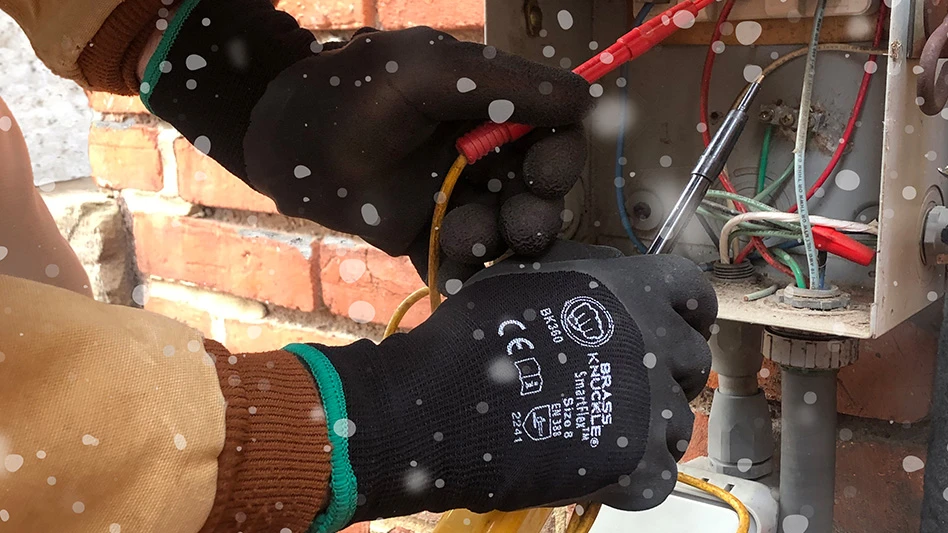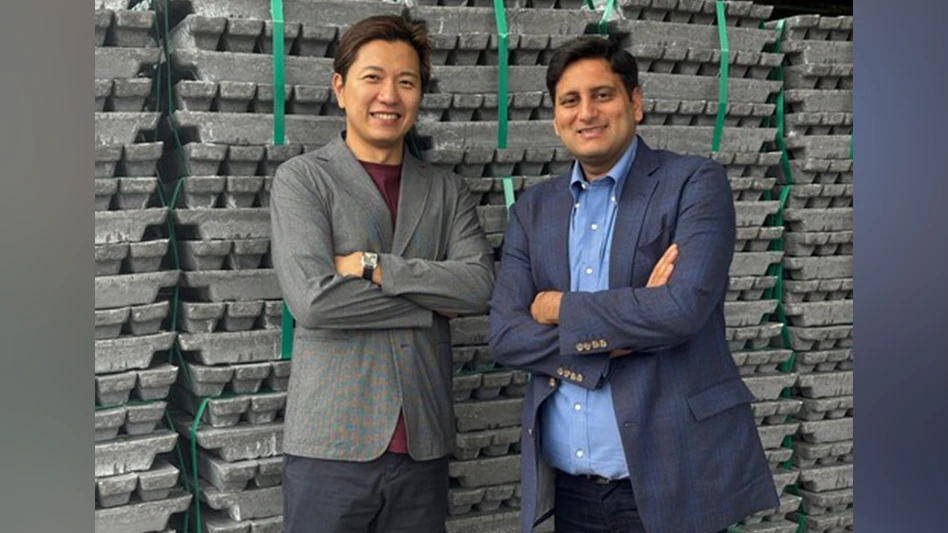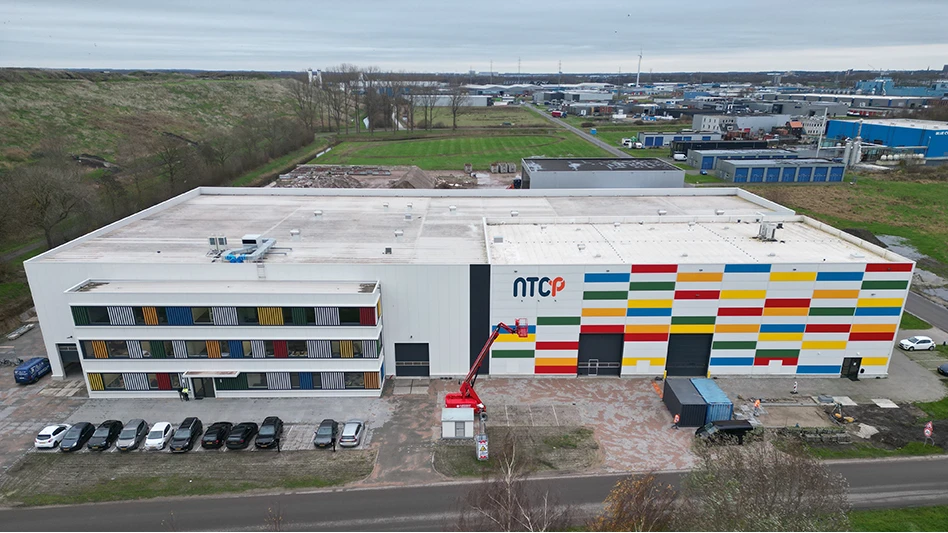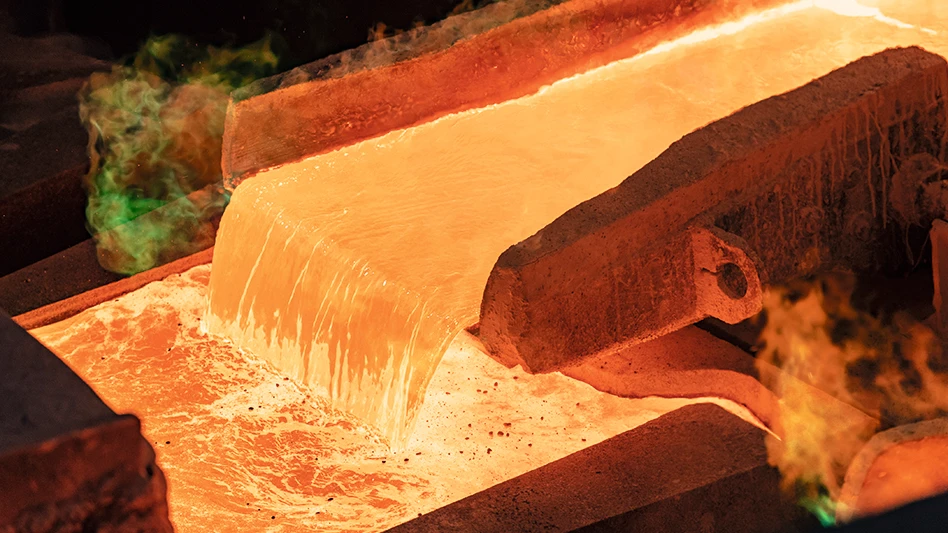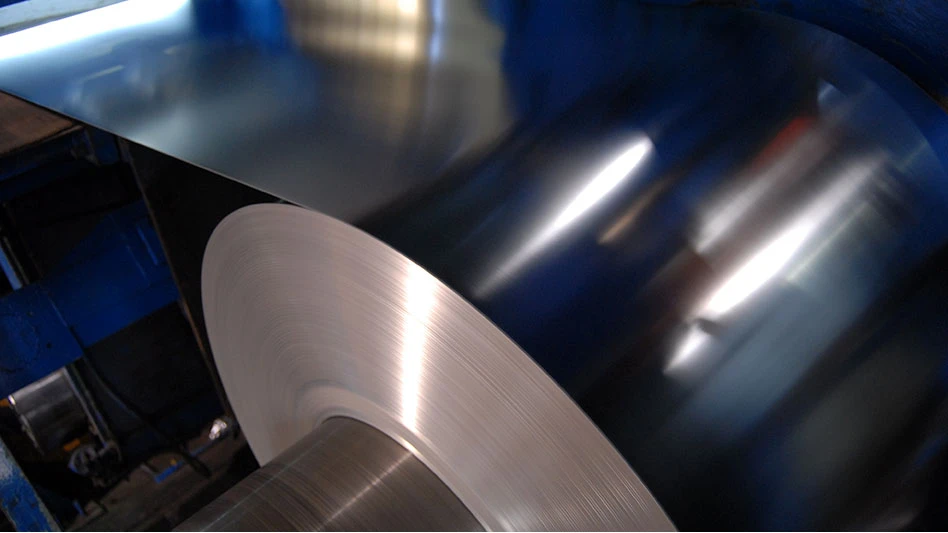.gif) |
| Ranjit Baxi of J&H Sales International |
With a paper industry that imports some 2 million tons of recovered fiber each year, delegates at the 2015 Paper Recycling Conference India event in late January were likely eager to hear from recyclers in Europe in the Middle East as to how their supply situations are shaping up.
At a session focusing on that topic, Ranjit Baxi of J&H Sales International, London, noted that Europe generates some 68 million metric tons per year of recovered fiber and exports up to 11 million metric tons each year.
On the other side of the equation, India is a net importer of some 2.3 million metric tons, potentially meaning that Europe has more than enough fiber to meet India’s needs. However, Baxi noted, China in recent years has imported from 28 million to 31 million metric tons per year from around the world, absorbing most of Europe’s excess tonnage.
China has advantages not only in bulk buying, said Baxi, but also in terms of transportation costs. “I have heard [buyers] in India asking for a level playing field [with China], but unfortunately Indian sea freight costs are a disadvantage,” he commented.
Pankaj Chowdhary of London-based Reliance Fibres Ltd., expressed confidence that the United Kingdom and India will continue to experience stronger recovered fiber trading ties. “The U.K. has a compulsion to export paper,” stated Chowdhary, noting that it collects nearly 8 million metric tons of scrap paper while its mills only consume 3.8 million metric tons each year.
Reliance Fibres exports about 90,000 metric tons each year to India, Chowdhary added, saying his customers in India are keen purchasers of clean OCC (old corrugated containers) and magazine printers’ trimmings.
Marc Ehrlich, CEO of Switzerland’s VIPA Lausanne S.A., said Europe can be a preferred supplier to India’s fragmented paper industry in part because Europe is “a fragmented continent.”
Ehrlich said that as a family business VIPA has taken the approach to get to know India’s mill operators, who are often family businesses as well. “It’s a culture where you have to work with people,” he said of India’s paper industry. “It’s really a partnership.”
The two panelists from the Middle East expressed short-term concerns about their continued ability to collect and ship recovered fiber in a low-price environment.
A combination of low prices and strict regulations are hampering collection in the Gulf Cooperation Council (GCC) region, said Shiraz Hamirani of Dubai-based Paper Chase International. “We see an average of 40 to 60 percent of waste paper going to landfills” in the region, he commented.
When OCC prices drop to less than $200 per ton, said Hamirani, “collection in the Middle East becomes a challenge.” Such low prices in late 2014 have caused collection to drop by as much as 30 to 40 percent, he continued. “With prices at $190, a lot of packers have too much overhead” to be profitable, he stated.
Saifee Jani of Dubai-based Paper Link International, said his firm has been exporting to customers in India for 14 years and he has become familiar with the requirements of mill companies.
He also acknowledged challenges in the Middle East, including rising labor costs and the possibility that Saudi Arabia will place a high tariff on exported scrap paper in a bid to protect its own paper mills. Jani added that recyclers are “dealing with low-cost commodities” in early 2015, but that he continues to see a future in his ability to supply India with nonbulk grades.
Paper Recycling Conference India was held Jan. 29-30 at the Taj Palace Hotel in New Delhi.
At a session focusing on that topic, Ranjit Baxi of J&H Sales International, London, noted that Europe generates some 68 million metric tons per year of recovered fiber and exports up to 11 million metric tons each year.
On the other side of the equation, India is a net importer of some 2.3 million metric tons, potentially meaning that Europe has more than enough fiber to meet India’s needs. However, Baxi noted, China in recent years has imported from 28 million to 31 million metric tons per year from around the world, absorbing most of Europe’s excess tonnage.
China has advantages not only in bulk buying, said Baxi, but also in terms of transportation costs. “I have heard [buyers] in India asking for a level playing field [with China], but unfortunately Indian sea freight costs are a disadvantage,” he commented.
Pankaj Chowdhary of London-based Reliance Fibres Ltd., expressed confidence that the United Kingdom and India will continue to experience stronger recovered fiber trading ties. “The U.K. has a compulsion to export paper,” stated Chowdhary, noting that it collects nearly 8 million metric tons of scrap paper while its mills only consume 3.8 million metric tons each year.
Reliance Fibres exports about 90,000 metric tons each year to India, Chowdhary added, saying his customers in India are keen purchasers of clean OCC (old corrugated containers) and magazine printers’ trimmings.
Marc Ehrlich, CEO of Switzerland’s VIPA Lausanne S.A., said Europe can be a preferred supplier to India’s fragmented paper industry in part because Europe is “a fragmented continent.”
Ehrlich said that as a family business VIPA has taken the approach to get to know India’s mill operators, who are often family businesses as well. “It’s a culture where you have to work with people,” he said of India’s paper industry. “It’s really a partnership.”
The two panelists from the Middle East expressed short-term concerns about their continued ability to collect and ship recovered fiber in a low-price environment.
A combination of low prices and strict regulations are hampering collection in the Gulf Cooperation Council (GCC) region, said Shiraz Hamirani of Dubai-based Paper Chase International. “We see an average of 40 to 60 percent of waste paper going to landfills” in the region, he commented.
When OCC prices drop to less than $200 per ton, said Hamirani, “collection in the Middle East becomes a challenge.” Such low prices in late 2014 have caused collection to drop by as much as 30 to 40 percent, he continued. “With prices at $190, a lot of packers have too much overhead” to be profitable, he stated.
Saifee Jani of Dubai-based Paper Link International, said his firm has been exporting to customers in India for 14 years and he has become familiar with the requirements of mill companies.
He also acknowledged challenges in the Middle East, including rising labor costs and the possibility that Saudi Arabia will place a high tariff on exported scrap paper in a bid to protect its own paper mills. Jani added that recyclers are “dealing with low-cost commodities” in early 2015, but that he continues to see a future in his ability to supply India with nonbulk grades.
Paper Recycling Conference India was held Jan. 29-30 at the Taj Palace Hotel in New Delhi.
Latest from Recycling Today
- AISI, Aluminum Association cite USMCA triangular trading concerns
- Nucor names new president
- DOE rare earths funding is open to recyclers
- Design for Recycling Resolution introduced
- PetStar PET recycling plant expands
- Iron Bull addresses scrap handling needs with custom hoppers
- REgroup, CP Group to build advanced MRF in Nova Scotia
- Oregon county expands options for hard-to-recycling items

